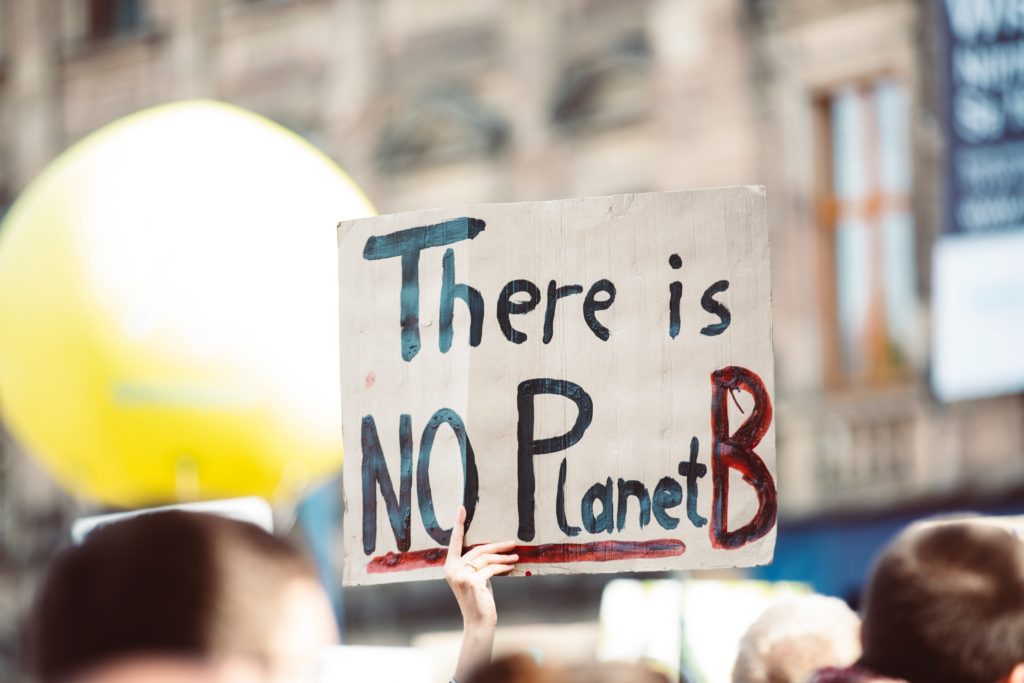Climate change can be defined as the shift of climatic patterns mainly caused by greenhouse gases emitted from both natural systems and human activities. Climate crises have also occurred in the past, however, the recent change in climate can mainly be attributed to human activities.
Since the industrial revolution, anthropogenic activities have caused the global mean temperature to rise by around 1.1 degrees Celsius. That sounds very minute, but it is enough to melt hundreds of meters’ thickness of polar glaciers in just a matter of a couple of centuries. Mitigation of climate change is an important task; many climate change mitigation strategies have been proposed. In this blog post, I will list the top 5 best climate change mitigation strategies.
Why is climate change a serious environmental issue?
Many climate crisis denier groups are working hard to fabricate climate science facts to serve their vested interest. Fossil fuel giant ExxonMobil is an example, which has been alleged of funding multiple climate science-denying campaigns.
ExxonMobil’s lobbying for climate change has been a hot topic for quite a long time now. Whatever the deniers claim; facts are facts. You can’t keep a blind eye to all the climate crisis consequences happening around us such as global warming, droughts, severe heatwaves, glacier melting, sea-level rise, extinction of species, huge wildfires, and deadly storms to name a few. These pressing issues make climate change a serious concern that should be dealt with immediately.
What has been done to mitigate climate change already?
The majority of environmental scientists and world leaders around the world consider the climate crisis one of the biggest issues of the 21st century. The issue came to the limelight only a couple of decades ago. Since then governments have gathered on one platform to devise climate change mitigation strategies.
Some of the key meetings include Kyoto Protocol, Paris Agreement, the Vienna protocol, Copen Hagen Accord, and COP26, to name a few.
In addition to those, Intergovernmental Panel on Climate Change (IPCC) has published 6 Assessment Reports and multiple Special Reports to provide comprehensive knowledge on the subject. Despite all the International commitments and summits, no concrete results have been achieved yet. Achievement of the goals set in the agreements remains valid only in the documentation.
Top 5 best climate change mitigation strategies
There has always been hesitation from governments to take drastic steps to curb Greenhouse gas emissions. Delayed action against the climate crisis will only make the issue worse. Government should work on developing sound climate change mitigation strategies and ensure their strict implementation.
The following are the top 5 best climate change mitigation strategies for governments to implement.
Invest in climate-smart agriculture technology
Agriculture, Forestry, and Other Land Use (AFOLU) activities are responsible for around one-third of the net anthropogenic greenhouse gas emissions. The emissions from agriculture can be controlled by introducing climate-smart agriculture technology. The government should allocate subsidies for smart irrigation systems and low-carbon innovation.
Carbon pricing
Carbon pricing is one of the best mitigation strategies. It encourages companies to cut their emissions and invest in cleaner energy options. In addition to devising sound carbon pricing models, governments should also work on penalties in case of breaches. A uniform set of carbon pricing standards should be devised with mutual consensus. In this way, companies will be held responsible for their emissions.
End fossil fuel subsidies
The burning of fossil fuels is the primary source of greenhouse gas emissions. We use fossil fuels for a number of applications including the generation of electricity, transportation, industries, etc.
To make things worse, each year governments around the world provide hundreds of billions of dollars in fossil fuel subsidies. Governments should end fossil fuel subsidies immediately and instead direct that funding towards renewable energy sources.
Of course, these decisions will not be easy, there will be harsh resistance from giant companies and powerful people. But time demands tough decisions.
Promote green energy
Sustainable Energy for All Initiative by the World Bank Group is a key initiative toward the adoption of green energy. The initiative supports three primary goals for 2030, namely: universal access to modern energy, doubling the proportion of renewable energy in the total energy supply, and doubling the rate of improvement in energy efficiency.
The governments should adopt this initiative. Moreover, they should invest in the exploration of renewable energy sources. Governments should provide subsidies for green energy to make it more affordable to everyone.
Honor the treaties
Last but not least countries should honor the treaties. Gathering in one place, discussing an issue, and devising an agreement is not hard. The hard part is the strict implementation of the targets assigned in the agreement.
Every government around the world should show a commitment to cutting their emissions. They should devise robust climate change policies in light of the agreed goals and ensure their strict implementation.
Conclusion
In conclusion, we should not risk the survival of our future generation by serving our interests. Governments and companies around the world should take aside their interests and work on the common agenda and should implement climate change mitigation strategies in letter and spirit.
In this regard, cooperating with the government is very essential, however, it is very important to note that the climate crisis is not only a governmental issue but it is also an issue, that is affecting every one of us in many ways. There are ways in which you and I can also help in mitigating climate change.


4 thoughts on “Top 5 Best Climate Change Mitigation Strategies: A Checklist For Governments”
Comments are closed.